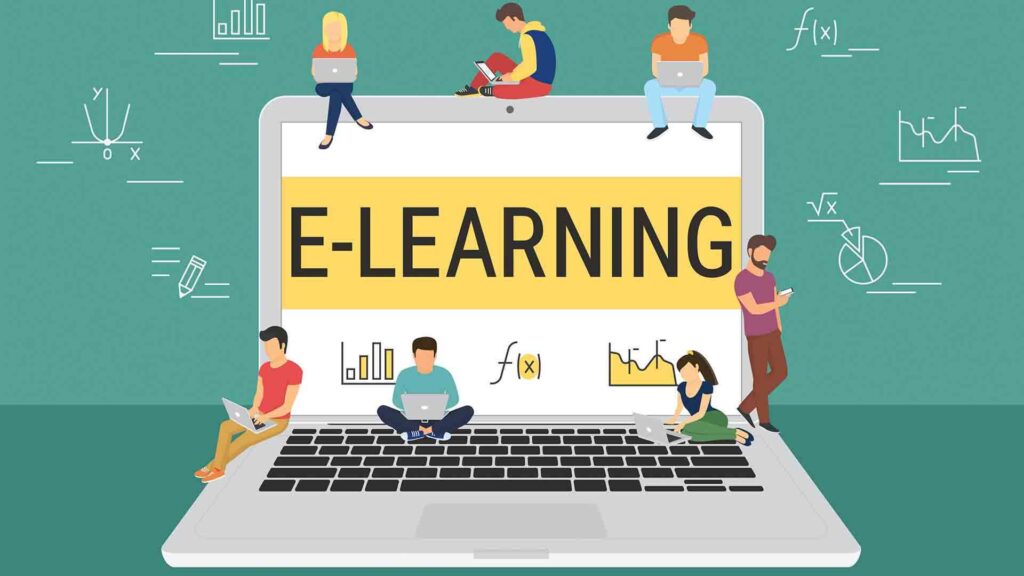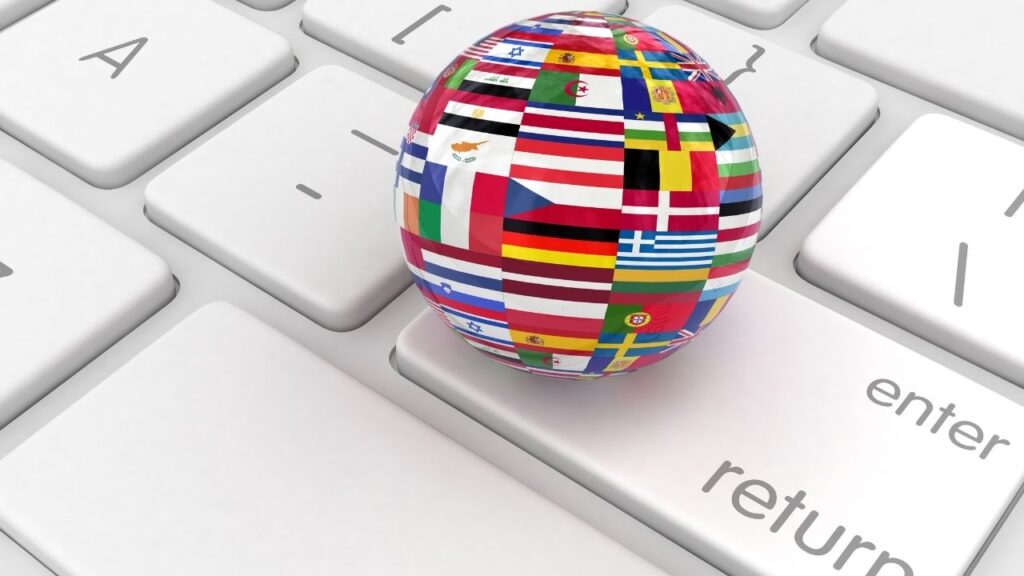
As more companies begin to expand their business to a global platform, they are heavily dependent on e-learning training modules as a best practice method. E-learning refers to the use of multimedia sources such as the online web, a computer, or even a simple video and utilizes it for training purposes. However, addressing a world where there are more than 6,500 languages spoken is not an easy task. Resulting in many businesses seeking out the guidance of professional translation services for their e-learning translations.
Why is E-learning Translation Beneficial for My Business?

Regardless of which business sector your company belongs to, this technique has proven to result in an effective method of communication. More so, e-learning can help your company in cutting costs, obtaining a larger global audience, maintaining consistency, and overall presenting your business in a way that is respectful of the native audience’s culture and value. All points leading to a favorable gain for your company.
What are the Steps Towards Improvement?

E-learning translations are custom-tailored to the company utilizing them, so when the question of improving them is not a set guideline. As each company may process them in a different manner, however, these six fundamental steps will head you in the right direction.
1. Research. Research. And More Research

The quickest and easiest way to improve your e-learning translations is by gathering ample knowledge about your native audience. In-depth analysis of the region and the people can tell you details about any cultural and political data you may want to incorporate into your e-learning material.
2. Express Carefully
Idioms, colloquies, and literature references do not necessarily travel well into another language. What you may find a harmless joke, could end up offending an entire country. Therefore, try to avoid using them in your content.
3. Picture This
Ever heard the phrase, a picture speaks a thousand words. Adding pictures to your e-learning content does certainly help with communication; however, these are waters you want to tread carefully. For instance, when designing a language-learning course you wish to show the word ‘gift’ with a picture of someone receiving a champagne bottle. In many western nations, this may be acceptable but may not be too endearing to people in the United Arab Emirates where the consumption of alcohol is forbidden.
4. Let the Experts Handle It
E-learning translation is not a job for amateurs. Your collaboration with a professional company that provides e-learning translation services can give you easy nights rest. As they can offer the insights of in-house native translators who can give a fair vantage point of the culture presence, subject matter experts who will use their experiences they had in the field to always find the perfect solution, and the use of professional tools to make translations as easy as saying 1, 2, 3.
5. Use the Right Tools

Speaking of tools. Take proper precautions in using the right tools. Software such as Articulate Storyline and Adobe Captivate can allow for the easy extraction of text for translating and localizing purposes.
6. The Double T’s
That is testing and trending. The sixth step you can take to improve your e-learning translation comes as a double whammy.
Once you have generated a module that is near completion it is time to gather a small testing group. The translation company you join forces with can help you obtain a native audience focus group. This group can provide valuable feedback that can help the betterment of your e-learning course.
The second step involves the accessibility of your content. You want to ensure that your e-learning material is available through different media channels such as mobile devices along with computers.
Bonus Tip: In addition, we live in the digital age; therefore, in order to offer something distinctive, talk to your e-learning translation services about the possibility of creating an app for your material.
E-Learning is Here to Stay

Sorry to burst your bubble, but you may not be the only one offering your product to the market. With the global business market becoming fiercer by the day, it is important to stand out from the crowd. The translation of your e-learning content allows you that ability. Whether you wish to train new employees, use an educational platform to spread knowledge, or just wish to learn a new language, the use of e-learning modules is here to stay. Therefore, you might as well stay ahead of the game and offer a different insight.
The translation and localisation of your e-learning material is an intricate matter. Do not let immature online translation services swindle you into potentially putting your company’s reputation at risk. Professional translation companies such as TWLanguages can provide accurate and quick solutions for your e-learning translations.
Why a Native Language Translation Provider?

Service based companies should always let experience do the talking. Since 1999, we have a consumer-driven company that is backed up by our highly trained professional team. By trusting us with all your e-learning translation services, you are guaranteeing yourself a 100% professional result every single time.
And although, there are a plethora of rationales to why a language firm should be your leading source on e-learning translations. We have short-listed the top four reasons to make your decision that much easier.
- Project Managers – From the moment you choose us as your translation agency, we assign a project manager, who holds a minimum of a master’s degree, which will guide you through every step of the project process.
- Linguistic Experts – We have a team of in-house native translators. With our wide range of linguistic experts, we cover over 250 languages.
- Global Members – Proud member of ATC (Association of Translation Companies).
- Quality Assurance – Being ISO 17100 certified we do not believe in cutting corners just for the sake of a quick turnaround. We take the time to certify a quality product that is catered to with the utmost attention to detail.




